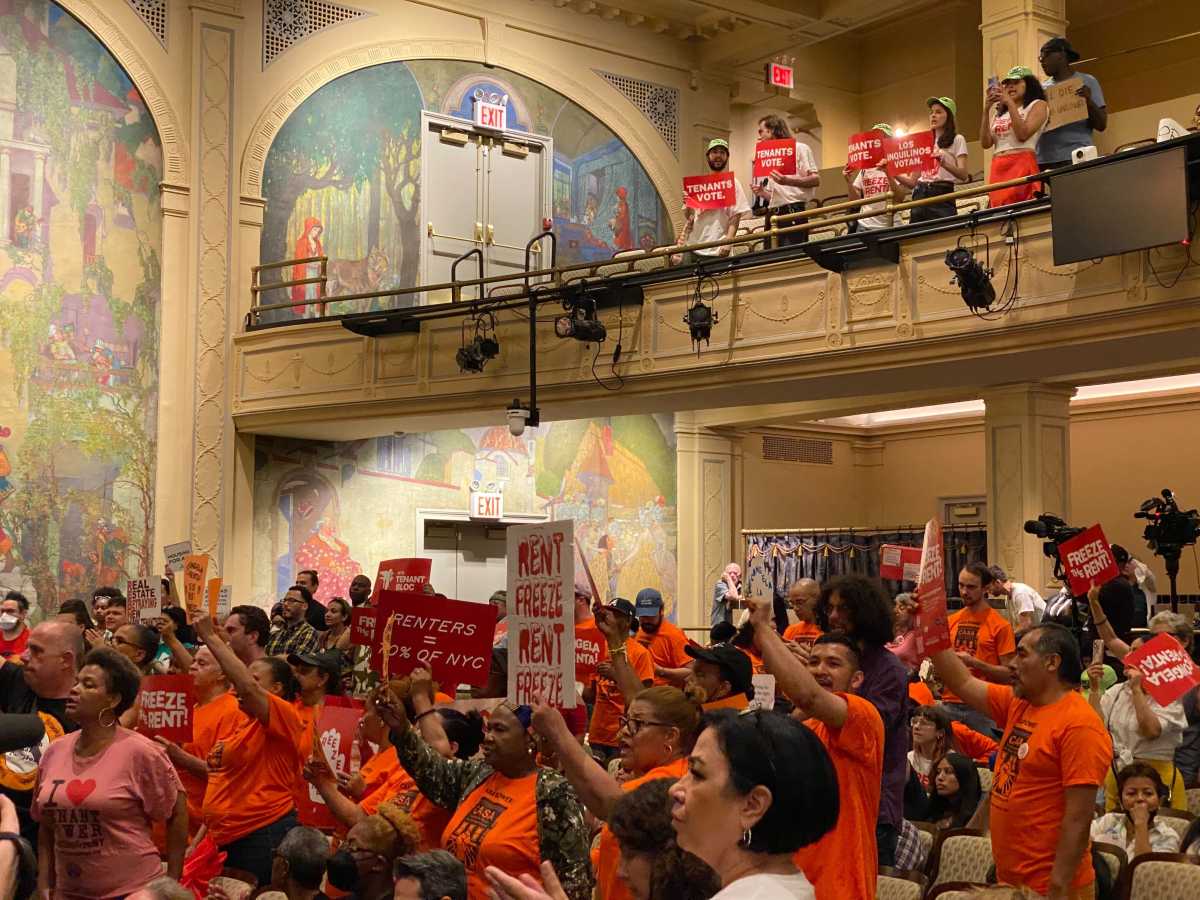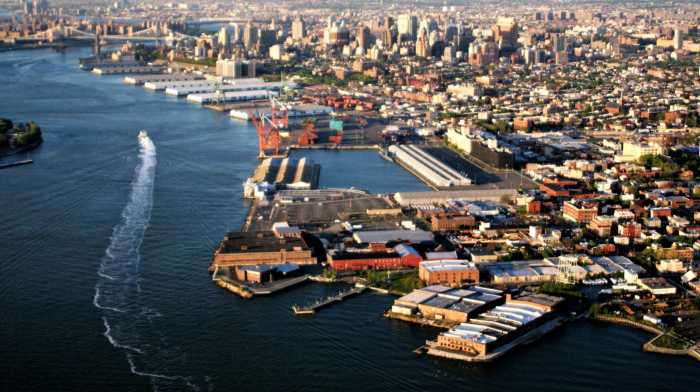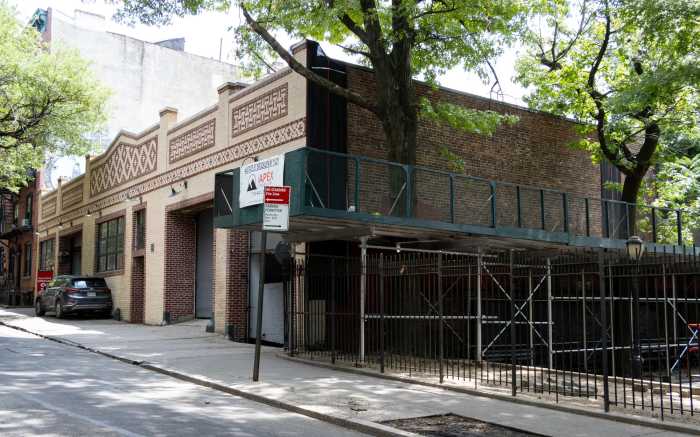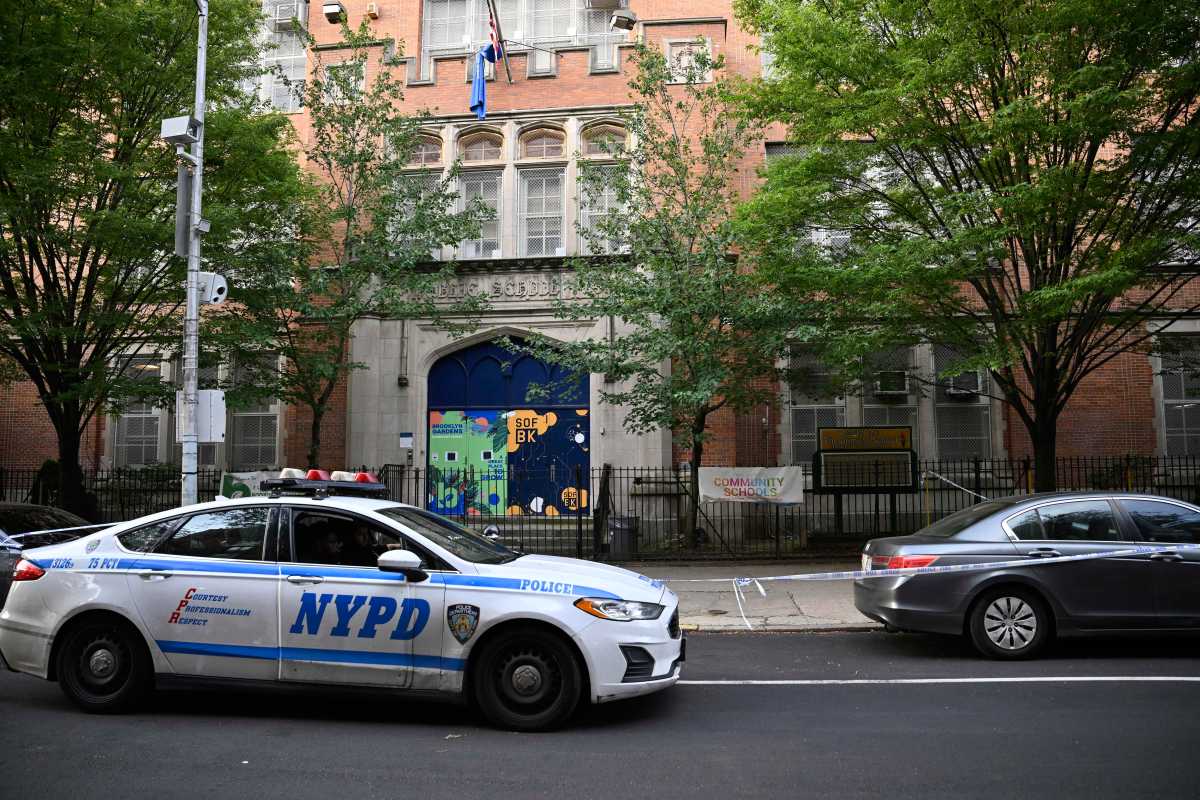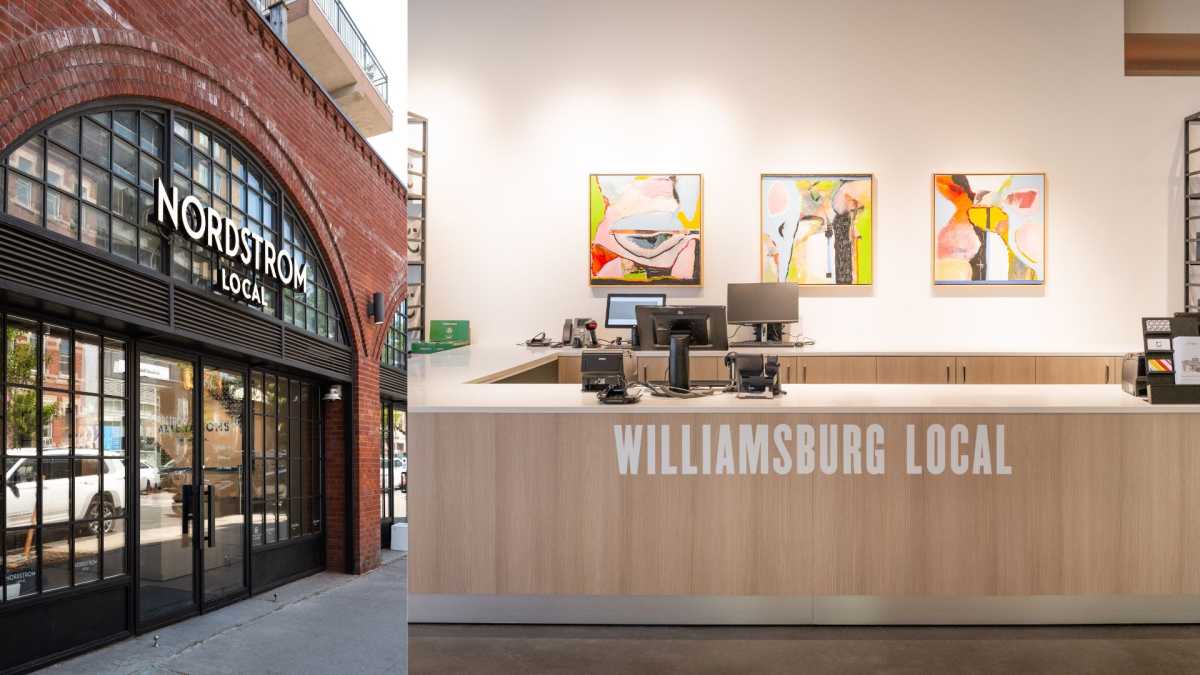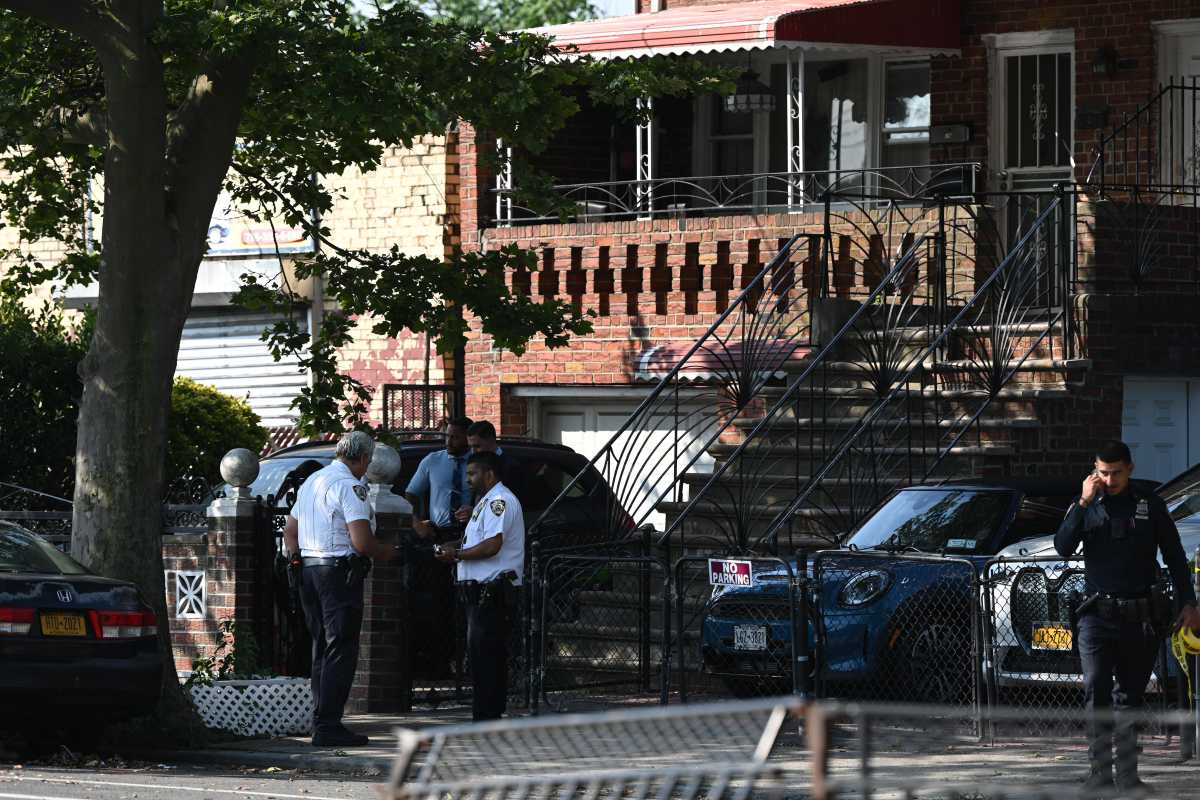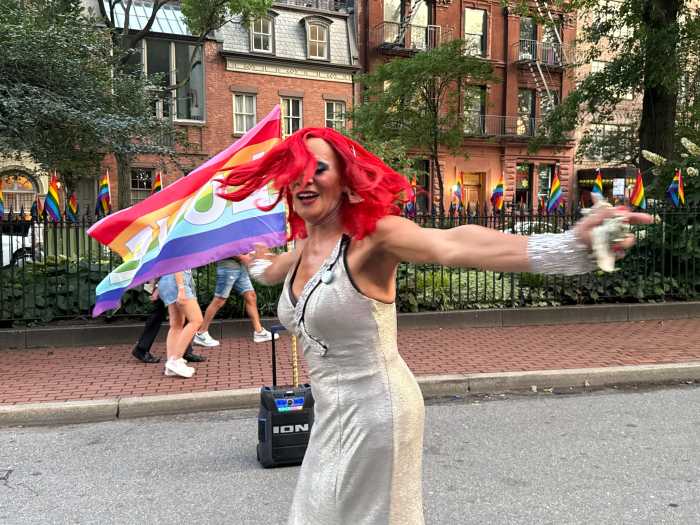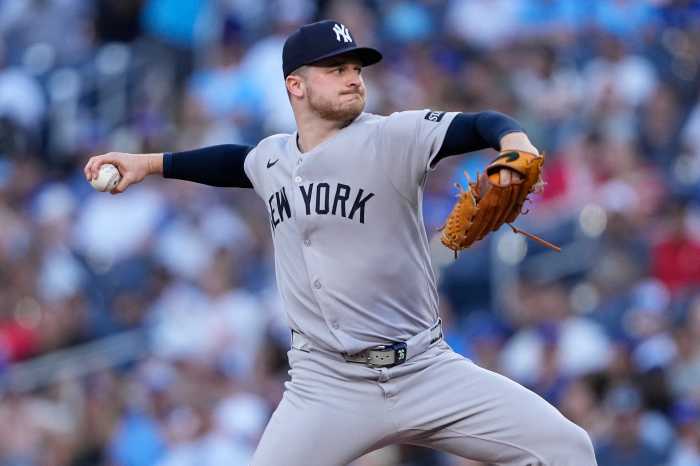Call it the “dribble-down” theory, the foundation of “Ratneromics.”
Just as President Ronald Reagan had David Stockman to sell his “trickle-down”
theory, developer Brice Ratner has hired a noted sports economist —
one who has regularly described arenas and stadiums as having no direct
economic benefits on local economies, no less — to help sell his
plan for a Downtown Brooklyn arena for the New Jersey Nets.
In a discussion with The Brooklyn Papers this week, Andrew Zimbalist,
who next month will hand over his Nets arena study to Ratner, made several
broad assumptions about the Nets coming to Brooklyn — namely that
a significant number of New Jersey fans would follow their team to Brooklyn,
that a large number of New Yorkers attend the Nets games now and that
the housing component of Ratner’s development would draw more people
to New York City.
Ratner hired Zimbalist, a professor of economics at Smith College, in
Massachusetts, who has written several books on sports economics, to conduct
a study of the fiscal impacts of the 19,000-seat arena and office and
residential complex he wants to build at the intersection of Flatbush
and Atlantic avenues.
“In normal circumstances, arenas do not have a positive effect, but
a tremendousness fiscal drain,” Zimbalist told The Papers this week.
So what makes Ratner’s project different?
“This project will be different because tax revenue from the Nets
that currently go to New Jersey will go to New York,” he said. “You’re
not creating a new team out of thin air, you’re moving a team that
currently generates a lot of revenue in New Jersey and moving it to New
York.”
New Jersey fans, he added, and New Yorkers who spend their dollars at
the Continental Airlines Arena will now travel and spend their money in
Brooklyn, generating more tax revenue for the state and city.
Asked what evidence he had to show that large numbers of New Jerseyans
were likely to follow the team that deserted them across the river or,
for that matter, how many New Yorkers currently schlep to Jersey when
the Knicks play in midtown Manhattan, Zimbalist said vaguely that he was
working with “various numbers” and would have to “make
an estimate as to what share [of New Jersey fans] would go to Brooklyn.”
Further asked how tax revenues could be factored in given that most of
the tax revenue generated by the arena will go to pay for its construction
as well as the construction of surrounding office and residential towers,
Zimbalist said simply, “Some of that money will come back to finance
the project but not all of it.”
Zimbalist also said the housing portion of the plan — some 4,500
units are projected — would attract many more people to live in New
York.
Neil DeMause, author of “Field of Schemes: How the Great Stadium
Swindle Turns Public Money Into Private Profit,” has his doubts about
Zimbalist’s Nets arena economic forecast.
“Do you really think that anybody form Jersey will go to games in
Brooklyn?” asked DeMause, who lives in Flatbush.
“He is assuming that half the people who currently attend Nets games
would be coming to Brooklyn,” said DeMause, who has discussed the
study with Zimbalist, and believes there are, and will be, far fewer interstate
fans than Zimbalist is assuming.
Zimbalist told The Papers he was still calculating the numbers and couldn’t
release a specific figure.
While DeMause said it was a bit “offbeat” for Zimbalist to work
on a project like this, he is eager to see the final results.
After seeing Zimbalist’s name splashed across magazine and newspaper
articles about the plan, Ratner invited him to tour the proposed arena
site in Prospect Heights and offered to hire him as a consultant.
“Mr. Zimbalist is one of the most respected experts on the economics
of arenas and to have his input and support is extremely helpful,”
said Ratner spokesman Barry Baum.
Zimbalist is expected to deliver his study to Ratner by mid-March.
— with Neil Sloane


